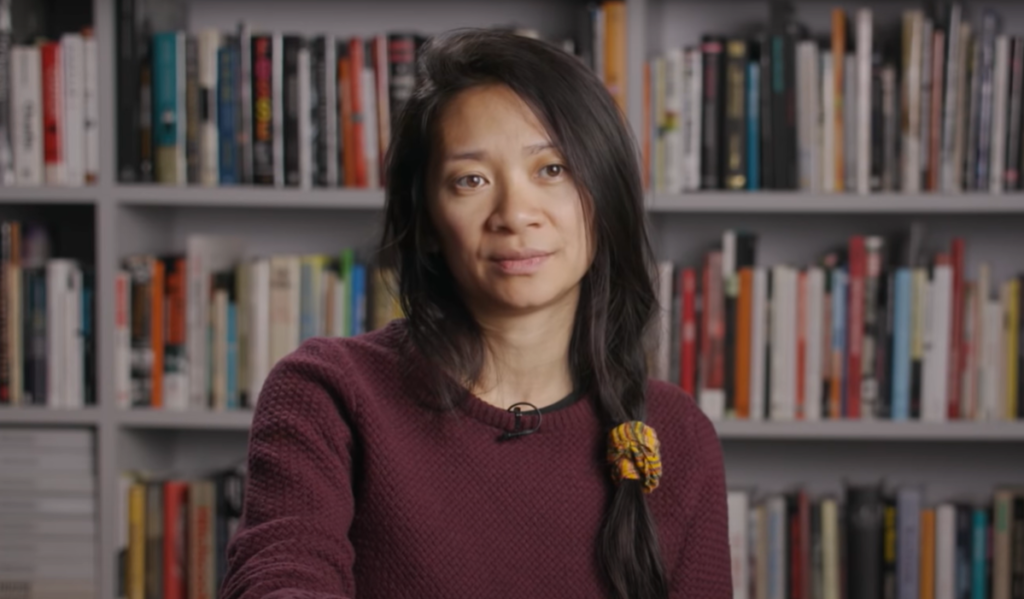Blame Canada. Or, at the very least, hold Canada accountable. A report released this week reveals that, like the American entertainment industry, women are still incredibly underrepresented behind the scenes in Canadian film and television. The study, Women in View on Screen, also explores women’s involvement in web series, a rather new subject of research.
Canada isn’t quite the socialist beacon that some Americans tend to imagine, a fact made all too clear by the annual report released by the St. John’s International Women’s Film Festival (SJIWFF).
“Generally, the statistics really suck,” said the hilariously candid festival chair, Noreen Golfman. “It’s really discouraging and… the evidence shines a lens on what needs to be done.”
So just how bad is the situation up north?
Telefilm, Canada’s taxpayer-funded federal cultural agency, invested in 91 feature-length films in the 2013–14 fiscal year. Women represented only 17% of directors, 22% of writers and 12% of cinematographers. Of the six feature-length animation directors funded by the agency in that time period, none were women.
Unfortunately, the scene in TV land isn’t much better. The Canada Media Fund, a public-private partnership created by the Department of Canadian Heritage and the Canadian cable industry, funded 29 live-action English-language drama series in 2012–13. Women accounted for 17% of directors and helmed only 11% of episodes. Seventeen of 29 series, amounting to a public investment of over $39 million, didn’t employ a single woman director for any of their 151 episodes. Thirty-eight percent of writers were women, though they received only 34% of writing credits. Of the 293 episodes aired, zero female cinematographers were hired.
The report reinforced previous findings that having women in key positions behind the scenes influences who appears onscreen. When women directed, 55% of the top four roles went to women, compared to 41% when men directed. Women writers made 58% of the top four roles for women, whereas male writers made only 40% of the top fuor roles female.
As for web series, 36 series were considered, all of them funded by The Independent Production Fund, which provides financial support for Canadian independent producers. Twelve and 27 percent of directing and writing gigs, respectively, went to women. Women accounted for a paltry 2% of cinematographers. And 50% of the series employed no women in any of these three capacities. (Yikes.)
Golfman has suggestions on how to proceed.
“If you don’t want to go the length of quotas, which I would be perfectly happy to do, at least have policy that ensures balance and oversight,” she advised. “Who is getting the money to make films in this country? Who is being encouraged?”
Golfman rightly pointed out, “This is practiced in a whole variety of ways in the service of equity in the workplace. If government is doing the funding, government should be practising the policies.”
Canadian filmmaker Patricia Rozema was at St. John’s to attend the festival and premiere her newest movie, “Into the Forest,” which was recently acquired by A24. The writer-director observed, “Half of the human population — and more! — is female. And yet a tiny portion of the films made — or TV shows or web series made — are made by women.”
The full report is available online.
[via CBC]







